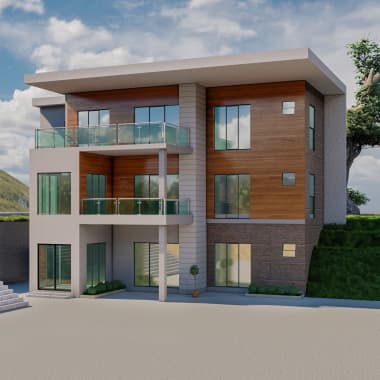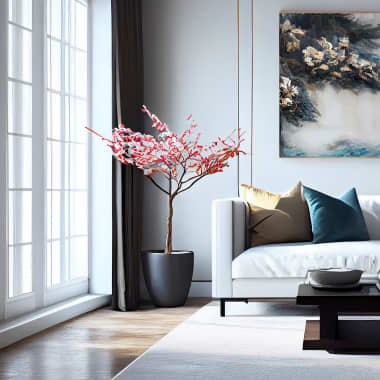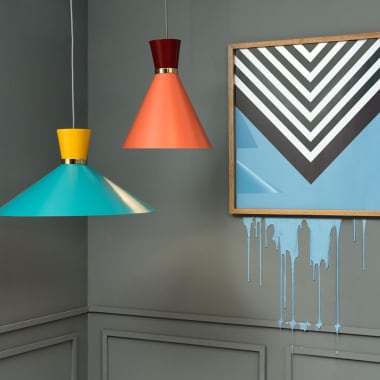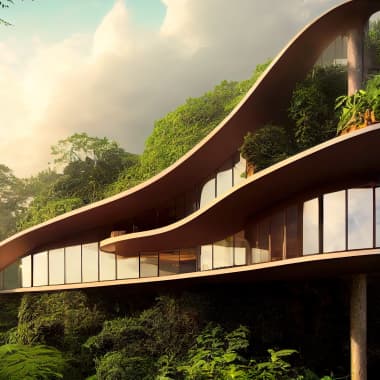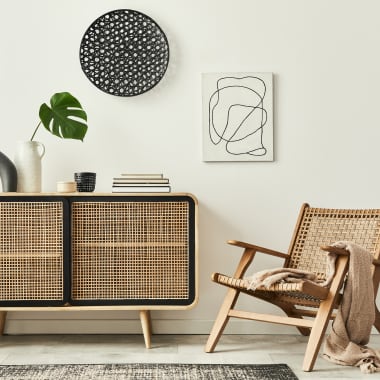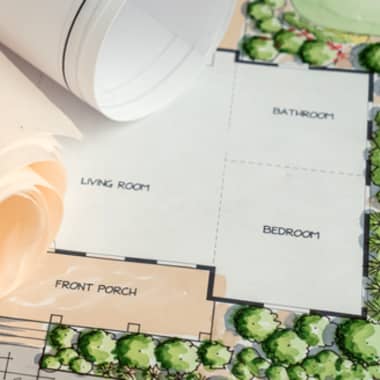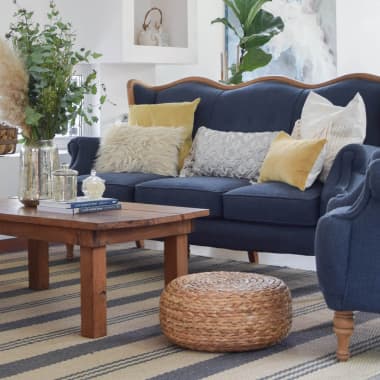Architecture & Space
The architectural design of residential spaces is a crucial aspect of contemporary urban planning and design. It encompasses various elements such as functionality, aesthetics, environmental considerations, and the need to create comfortable living spaces for individuals and families. This article delves into the key principles of residential architectural design, discussing the importance of spatial planning, innovative materials, and sustainable practices.
Discover this amazing Domestika course: Intro to Architectural Design of Residential Spaces
Introduction to Architectural Design of Residential Spaces
Residential architectural design focuses on the creation and organization of spaces for domestic living. It caters to different types of residential structures, including single-family homes, multi-family units, apartments, and condominiums. The design process involves understanding the specific needs of the inhabitants and crafting spaces that accommodate their lifestyles and preferences.
Understanding Residential Architectural Design
Residential architects work closely with their clients to understand their requirements, preferences, and budget. They then use their expertise to create a design that maximizes the available space and creates a harmonious flow between different areas of the home. This may involve selecting materials, designing the layout of the interior and exterior spaces, and incorporating elements such as lighting, ventilation, and insulation.
Spatial Planning and Layout
Effective spatial planning is a critical aspect of residential design. It entails the arrangement and organization of various rooms and spaces within the residence to ensure optimal functionality and flow. Designers must consider factors such as natural light, ventilation, privacy, and accessibility while planning the layout. A well-designed layout not only maximizes the use of available space but also improves the overall living experience for the residents.
